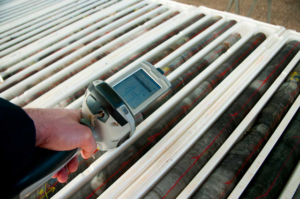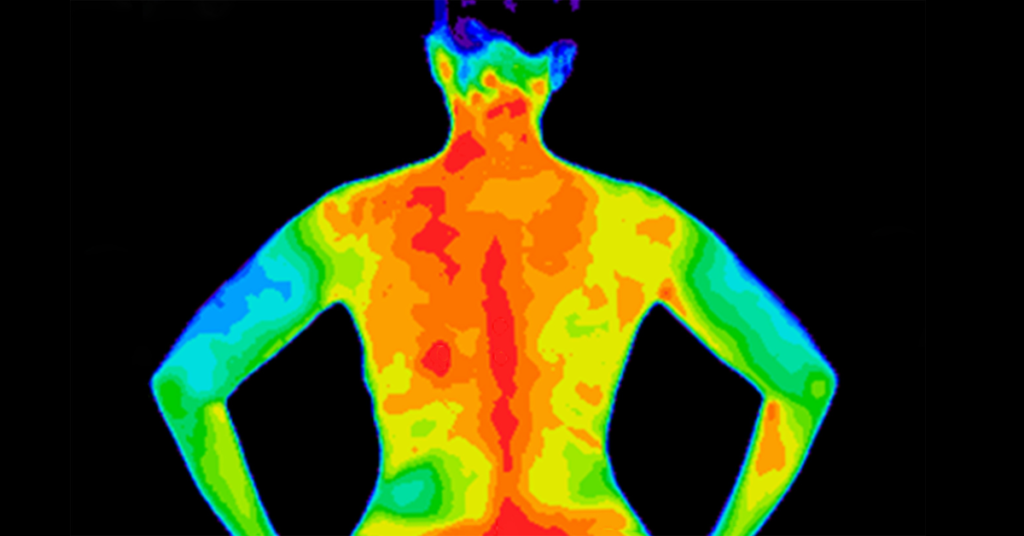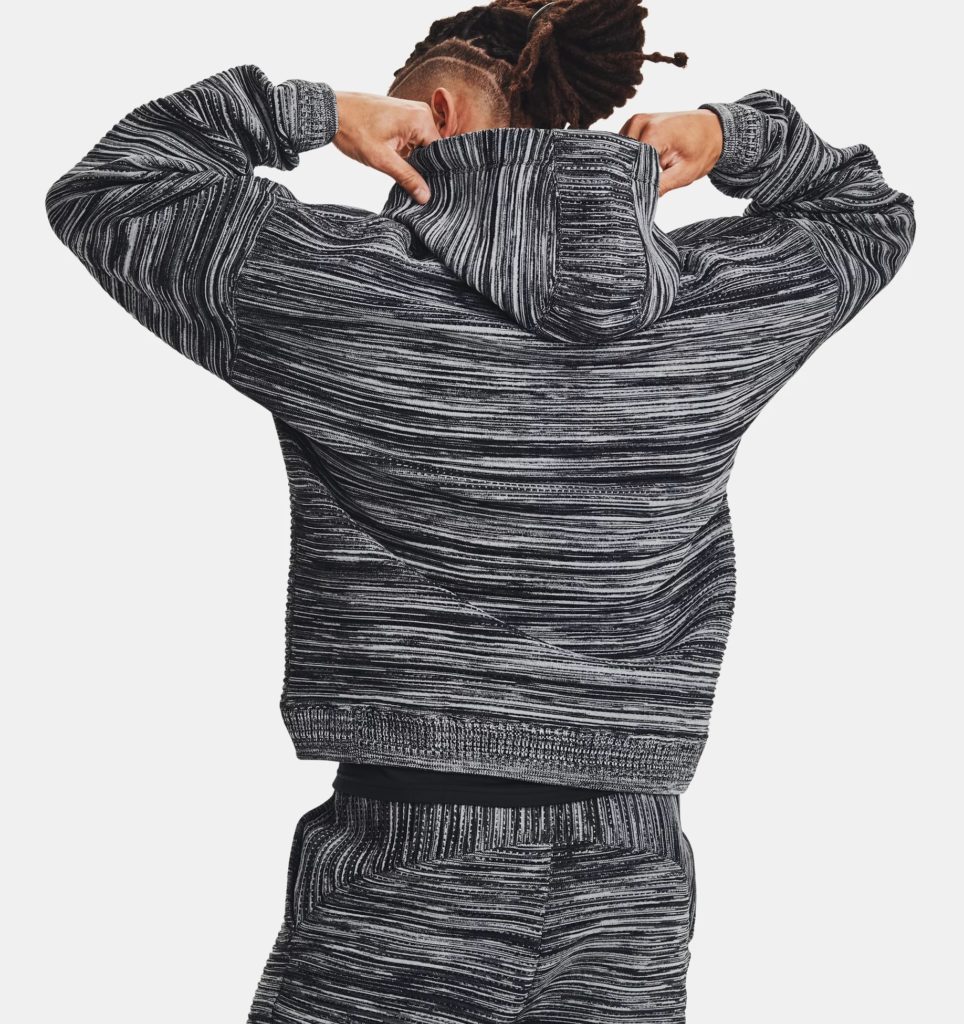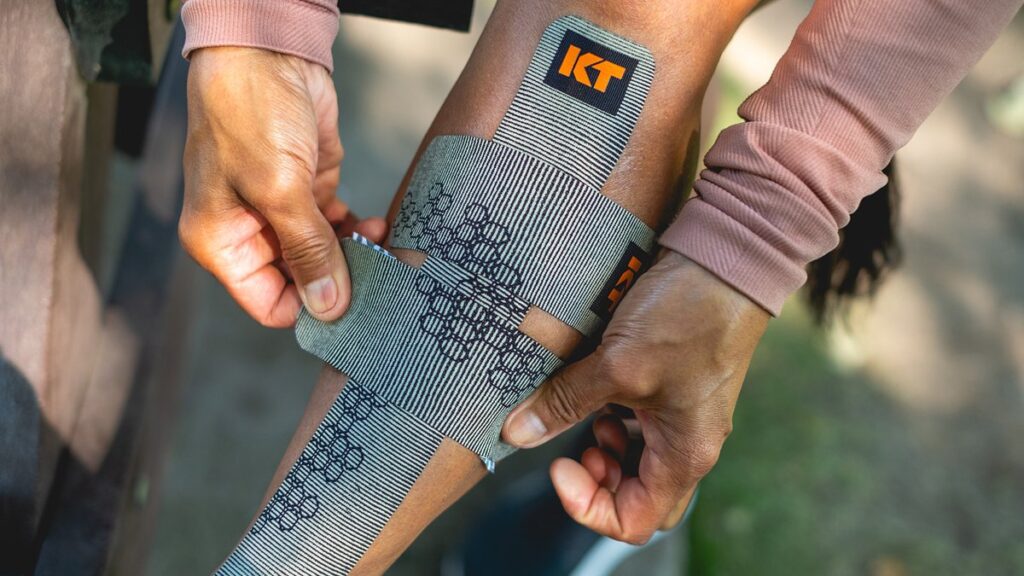
Introducing CELLIANT XRF Fabric Testing
May 01, 2025 – The pursuit of continual improvement has led us to adopt a powerful new method of analysis for CELLIANT-powered fabrics: X-Ray Fluorescence (XRF) Testing…

Consider the hormonal-related temperature fluctuations women naturally experience during ovulation, pregnancy, perimenopause or menopause. As a woman goes through processes that cause hormonal shifts, her baseline temperature may rise or fall. The result may be sudden and intense “hot flashes” or night sweats as her body tries to bring the temperature back to its usual level.
Temperature is an excellent biomarker of a body that’s in a state of homeostasis. Biomarkers are objective measurements that reflect the impact of your body’s interactions with outside influences or hazards. That’s why most people will reach for a digital thermometer when they start to feel unwell. They realize that if they see a temperature that exceeds what’s normal for them, they’re probably fighting off “invaders.” When their temperature drops, they get closer to homeostasis and an overall balance between their systemic functions. Consequently, they begin to feel better.
When CELLIANT bioceramic minerals are added to a textile, the textile becomes a bio-responsive infrared fabric as the minerals capture your escaping body heat. This body heat is converted into infrared light, and reflected back to the body where it can be absorbed by muscles and tissues. This causes two key physiological changes, increased local circulation and cellular oxygenation, which support your body’s ability to thermoregulate. Therefore, wearing CELLIANT fabrics can help keep you cool when you are warm.
Accordingly, a runner wearing apparel infused with CELLIANT should feel cooler due to the promotion of rapid heat dissipation. At the same time, that heat is turned into infrared energy and absorbed back into the body to stimulate cellular metabolism. The circular nature of this heat transfer and transformation promotes homeostasis-fueled performance. We have even heard anecdotal feedback from our customers of CELLIANT having an instant effect on temperature after exercise. While emerging steaming and sweaty from a hot yoga studio and pulling on an Under Armour Rush zip-up may feel counterintuitive, some users report an instant cooling sensation.

CELLIANT’s ability to support the body’s thermoregulation makes it a perfect fit for several product categories.
Whether you are naturally a hot sleeper or a cold sleeper, most of us are no strangers to the discomfort that temperature abnormalities can cause at night when trying to enjoy restful sleep. In fact, temperature issues are one of the most common culprits for sleep disturbances. When infused into bedding, from sheets and pillowcases to mattresses, pillows and more, CELLIANT innovates sleep solutions that not only boost comfort and speed recovery, but also help to keep you at the right temperature.
If you are looking for clinically demonstrated sleep solutions, you can shop CELLIANT-infused bedding from our partners, including Purecare’s Active Recovery bedding collections, BEAR’s CELLIANT-powered mattresses, DFND’s IR Recovery Sleepwear, and Blackroll’s Recovery Duvets.

As mentioned earlier, CELLIANT apparel and gear is ideal for sports and athletic applications due to its ability to help you stay at a comfortable temperature while active and during recovery. CELLIANT can be embedded into a wide range of sports products, from athletic apparel and compression clothing to wetsuits, ski boots and kinesiology tape.
Find CELLIANT in products from your favorite sporting goods brands, including Under Armour, DECATHLON, XCEL, Tecnica and KT Tape.

Fill out the form below to get in touch with our team for a demo and next steps.
No. CELLIANT works by capturing and converting body heat into infrared. This causes increased local circulation which will help your body better thermoregulate itself. So, when you are hot CELLIANT will help keep you cool, and when you are cool CELLIANT will help warm you up.
In terms of the human body, homeostasis is when all functions work optimally, allowing the body to do what it’s designed to do and for the individual to feel most physically comfortable.
CELLIANT-powered fabrics help regulate your body temperature — keeping you cooler as you get hot, and warmer as you get cold. This is because CELLIANT captures and converts body heat into infrared energy, resulting in increased local circulation and improved cellular oxygenation, which play a key role in helping your body to effectively thermoregulate itself.


May 01, 2025 – The pursuit of continual improvement has led us to adopt a powerful new method of analysis for CELLIANT-powered fabrics: X-Ray Fluorescence (XRF) Testing…

February 21, 2025 – Photobiomodulation (PBM), sometimes referred to as low-level light therapy, is a form of light therapy that uses specific wavelengths of red and near-infrared…

September 13, 2024 – Understanding metabolic rate is important because it plays a key role in energy levels and overall well-being. While metabolic rate varies…
To access all of our reports please input your email below.
Contact us at marketing@celliant.com
Thank you for your request. Please download the brochure below.
Sign up for the latest Celliant news and innovations.
REQUEST INFORMATION